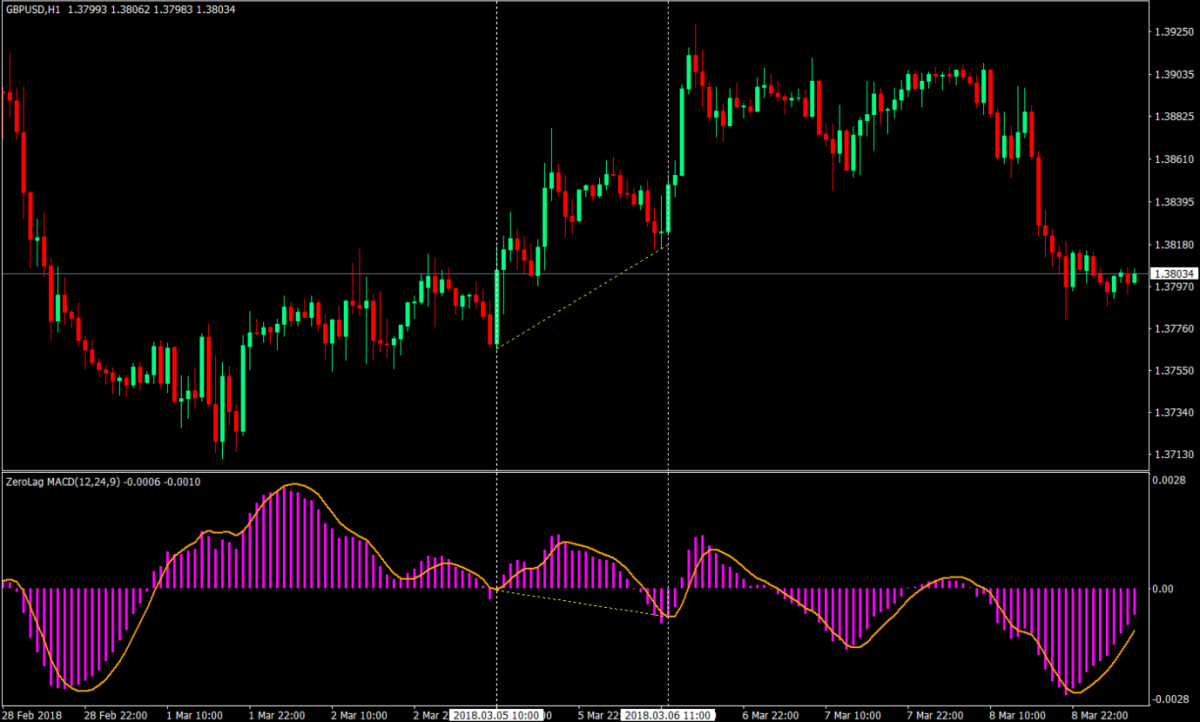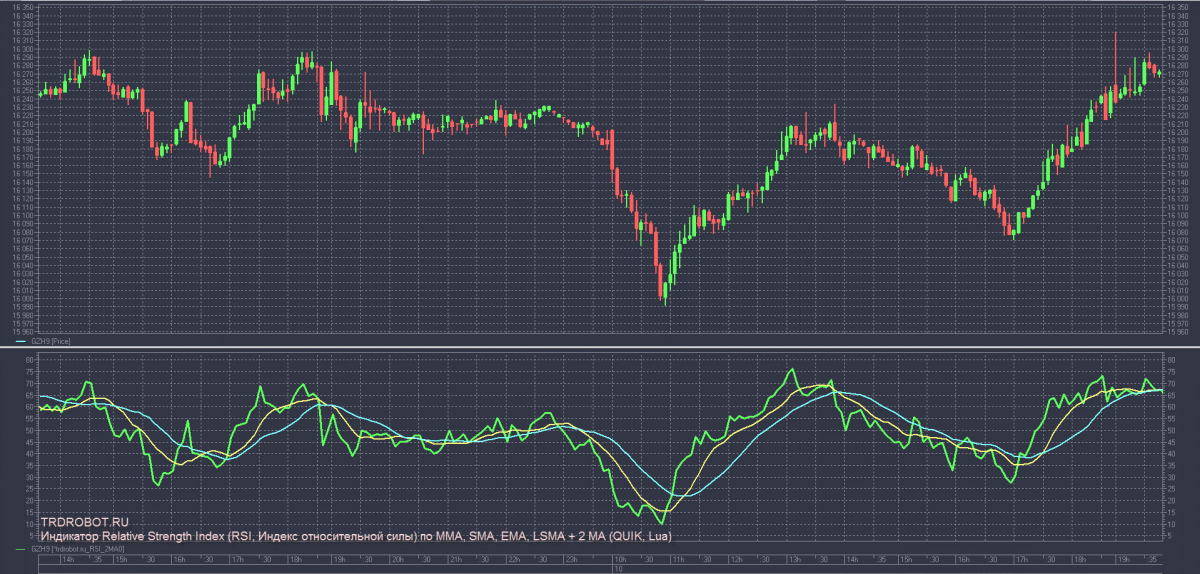4-hour forex trading strategy
Forex trading is a complex and dynamic market, where investors and traders compete to make profitable trades. To succeed in this field, having a good trading strategy is essential. A trading strategy is a set of rules and guidelines that help traders make informed decisions about when to enter or exit a trade.
One popular time frame among traders is the 4-hour chart. The 4-hour chart is ideal for traders who want to capture medium-term price movements, as it provides a balance between the short-term noise of the lower time frames and the long-term trends of the higher time frames.
Breakout strategies are also important in forex trading. Breakouts occur when prices move beyond a specific price level or support and resistance area, indicating a potential trend reversal or continuation. Breakout strategies aim to capture these movements and generate profits.
Understanding the 4-hour candle breakout strategy
The 4-hour candle breakout strategy is a popular trading strategy among forex traders. This strategy is based on identifying key price levels or support and resistance areas, and waiting for the price to break out of these levels before entering a trade. This breakout is confirmed by a candle closing above or below the price level or support and resistance area.
One of the main advantages of using the 4-hour candle breakout strategy is that it allows traders to capture medium-term price movements while minimizing the impact of short-term market noise. Traders can also benefit from the clear entry and exit signals provided by this strategy.
Successful trades using the 4-hour candle breakout strategy often involve identifying key support and resistance areas, waiting for the price to break out of these areas, and then entering a trade with a stop loss below or above the breakout level. For example, if the price breaks out above a resistance area, traders may enter a long trade and place a stop loss below the breakout level.
To effectively use the 4-hour candle breakout strategy, traders need to be able to identify key price levels and support and resistance areas. Traders can use technical indicators such as moving averages, trendlines, and Fibonacci levels to help identify these areas. It is also important to have a solid understanding of price action and market dynamics, as these can influence the success of the breakout strategy.
4-hour chart trading strategies
The 4-hour chart is a popular time frame among forex traders, as it allows for a medium-term perspective on price movements. There are several trading strategies that traders can use on the 4-hour chart, each with its own advantages and disadvantages.
One type of strategy is trend following, which involves identifying and following the direction of the market trend. This strategy is based on the idea that the trend is your friend, and seeks to profit from sustained price movements in the direction of the trend. Trend-following strategies can be based on technical indicators such as moving averages or price action analysis.
Another strategy that can be used on the 4-hour chart is momentum trading, which involves identifying strong price movements and trading in the direction of that momentum. This strategy is based on the idea that price tends to continue moving in the direction of the trend, and seeks to profit from those movements. Momentum trading strategies can be based on technical indicators such as the Relative Strength Index (RSI) or the Moving Average Convergence Divergence (MACD).
Reversal trading strategies can also be used on the 4-hour chart, which involve identifying key reversal patterns or price levels and trading in the opposite direction of the trend. These strategies are based on the idea that price tends to reverse or retrace after a sustained movement in one direction. Reversal trading strategies can be based on technical indicators such as the Fibonacci retracement or support and resistance levels.
Each of these strategies has its own pros and cons, and traders need to choose the right one for their trading style and risk tolerance. Trend following and momentum trading strategies can be effective in trending markets, but may not perform as well in range-bound markets. Reversal trading strategies can be effective in range-bound markets, but may not perform as well in trending markets. It's important to backtest and practice different strategies before using them in live trading, and to adjust them based on changing market conditions.

The 4-hour forex simple system
The 4-hour forex simple system is an easy-to-use trading system that can be employed on the 4-hour chart. This system is based on a combination of two simple indicators and is suitable for both beginner and experienced traders.
The system consists of two indicators: the Exponential Moving Average (EMA) and the Relative Strength Index (RSI). The EMA is used to determine the trend direction and the RSI is used to identify overbought or oversold market conditions.
To implement the system, a trader needs to first identify the trend direction using the EMA. If the price is trading above the EMA, the trend is considered bullish, and if the price is trading below the EMA, the trend is considered bearish. Once the trend is identified, the trader can look for trade setups using the RSI. If the RSI is in oversold territory and the price is trading above the EMA in a bullish trend, a buy trade can be initiated. If the RSI is in overbought territory and the price is trading below the EMA in a bearish trend, a sell trade can be initiated.
The advantage of using a simple system like this is that it can be easily understood and implemented by traders of all levels. Additionally, it can be used in combination with other trading strategies to confirm trade setups. However, one disadvantage is that it may not work well in choppy or ranging markets.
Examples of successful trades using this system include trades on the EUR/USD currency pair, where a buy trade was initiated when the RSI was oversold and the price was trading above the EMA. The trade was closed when the price reached a predetermined profit target.
Overall, the 4-hour forex simple system is a straightforward trading strategy that can be useful for traders looking for a simple and effective approach to trading the forex markets.

Developing a 4-hour forex strategy
Developing a successful forex trading strategy requires a combination of knowledge, skill, and experience. When it comes to developing a strategy that works on the 4-hour chart, there are a few key factors that traders should consider.
First and foremost, backtesting and demo trading are essential components of developing a strategy. By backtesting a strategy, traders can evaluate its performance over historical data and determine whether it has the potential to be profitable in the long run. Additionally, demo trading allows traders to test their strategy in a risk-free environment and make any necessary adjustments before putting real money on the line.
When developing a strategy for the 4-hour chart, it's important to consider the timeframe and market conditions. The 4-hour chart is a popular timeframe for traders because it provides a good balance between shorter-term and longer-term trends. However, traders should be aware that different currency pairs and market conditions may require different strategies.
Common mistakes to avoid when developing a strategy include over-optimization and failing to consider risk management. Over-optimization occurs when a trader tests a strategy too much and tries to fit it too closely to historical data, resulting in a strategy that may not perform well in live markets. Proper risk management is also essential, as even the best strategy can fail if a trader doesn't manage their risk appropriately.
In summary, developing a successful forex trading strategy for the 4-hour chart requires careful consideration of the timeframe, market conditions, and risk management. By backtesting and demo trading, traders can increase the likelihood of success and avoid common mistakes that can lead to losses.
Conclusion
In this article, we have explored the 4-hour forex trading strategy, which is a popular approach for traders looking to capitalize on longer-term trends and avoid the noise of short-term fluctuations. We began by discussing the importance of identifying trends and momentum, as well as reversal trading strategies that can be used on the 4-hour chart. We then introduced a simple trading system that traders can use to implement the strategy, complete with detailed steps and examples of successful trades.
When it comes to developing a forex trading strategy that works on the 4-hour chart, we emphasized the importance of backtesting and demo trading before using a strategy with real money, as well as the key factors to consider and common mistakes to avoid.
In conclusion, having a good forex trading strategy is essential for success in the market, and the 4-hour forex trading strategy is a viable approach for traders looking to capitalize on longer-term trends. We encourage readers to try out this strategy and experiment with other approaches discussed in this article. Remember to always practice proper risk management and stay disciplined in your trading. Happy trading!


